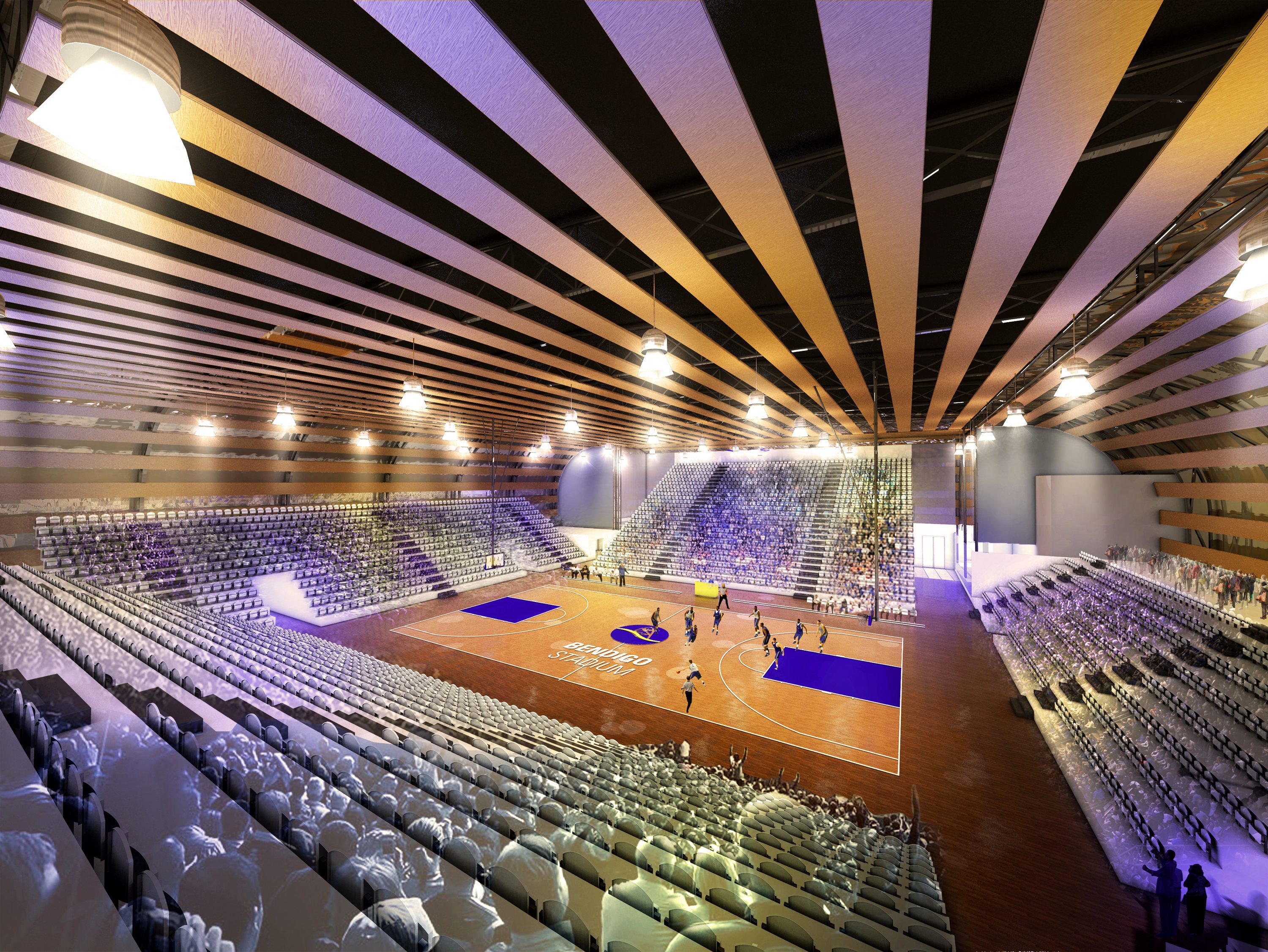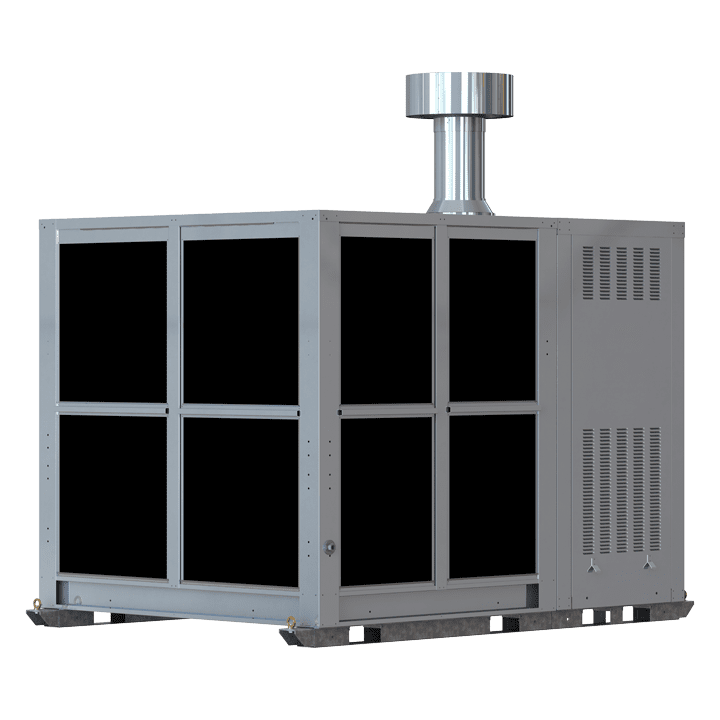HVAC Case Study
Bendigo Stadium Expansion
Victorian State Government, Bendigo Stadium Limited and the City of Greater Bendigo
The Bendigo Stadium expansion project was a large project that included investment from the Victorian State Government, Bendigo Stadium Limited and the City of Greater Bendigo. The venue is unique to regional Victoria with plans to host international events such as basketball, volleyball, trampolining and a capacity of 4,000 people gives the flexibility to convert into a concert venue.
Project Location:
Bendigo, Victoria
Challenge
The project requirements included the supply of heating, cooling and ventilation to the stadium during both regular and event mode operation. The main challenge was to design a heating and cooling system that was not only suited to the stadium but also within the project budget. Due to the project’s high capital costs, a refrigerated heating and cooling system was not a suitable option.
Solution: AIRA installed HCVR units supplying heating, cooling and ventilation to the stadium
Evaporative cooling was determined to be the perfect solution to cool and ventilate the stadium. In regards to both cost and energy-efficiency, in combination with gas heating. This heating, cooling and ventilation system is available with the AIRA HCV and HCVR units.
Installation
The stadium is served by four HCVR-60 units, the largest in the HCVR range and located at each corner of the stadium. Supply air to the stadium is via concealed rigid ductwork risers and exposed fabric ductwork installed at high level over the seating areas. The fabric ductwork is provided with jet nozzles specifically designed to supply air to the occupied stadium and seating areas. Computer software was used to model the stadium heating, cooling and supply airflow requirements in lieu of the traditional air change method used for evaporative cooling systems. The systems were designed with return air connections for heating mode, a standard feature with the AIRA HCVR units, with modulating outside air and return air dampers. The dampers control the amount of outside air introduced to the space during heating mode based on the carbon dioxide levels within the stadium. The system’s ability to reduce outside air supply when it’s not required reduces the system energy consumption and CO2 emissions and provides life-cycle cost savings to the stadium. Results The AIRA HCVR HVAC design that was installed met all project requirements including low capital costs, the supply of cooling and ventilation, the supply of heating for the cold winter periods, the provision for outside air ventilation for a stadium capacity of 4,000 people during event mode, low running costs and improved energy-efficiency. The AIRA HCV and HCVR units make the HVAC system design flexible as they provide cooling and heating within a single unit. The high supply air range of up to 16,000 L/s was also beneficial to the project, allowing fewer units to be installed in the stadium.
Results
The AIRA HCVR HVAC design that was installed met all project requirements including low capital costs, the supply of cooling and ventilation, the supply of heating for the cold winter periods, the provision for outside air ventilation for a stadium capacity of 4,000 people during event mode, low running costs and improved energy-efficiency. The AIRA HCV and HCVR units make the HVAC system design flexible as they provide cooling and heating within a single unit. The high supply air range of up to 16,000 L/s was also beneficial to the project, allowing fewer units to be installed in the stadium.
“In addition to the individual unit benefits, our office has been involved with the AIRA HCV and AL range on similar projects with successful outcomes.” – David Mathers, Waterman

HVAC Case Study Overview
Industry
Sport & Leisure Centres
Country
Australia
Region
Victoria
Technology
Gas Heating and Direct Evaporative Cooling
Application
Heating and Cooling
Brand
Aira
